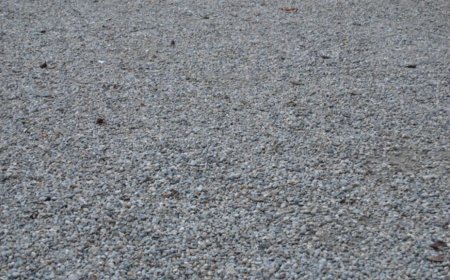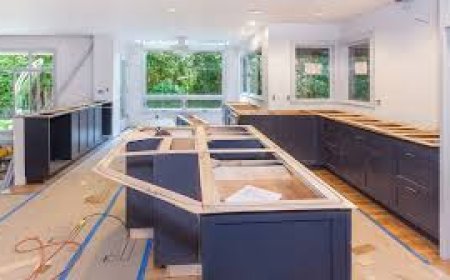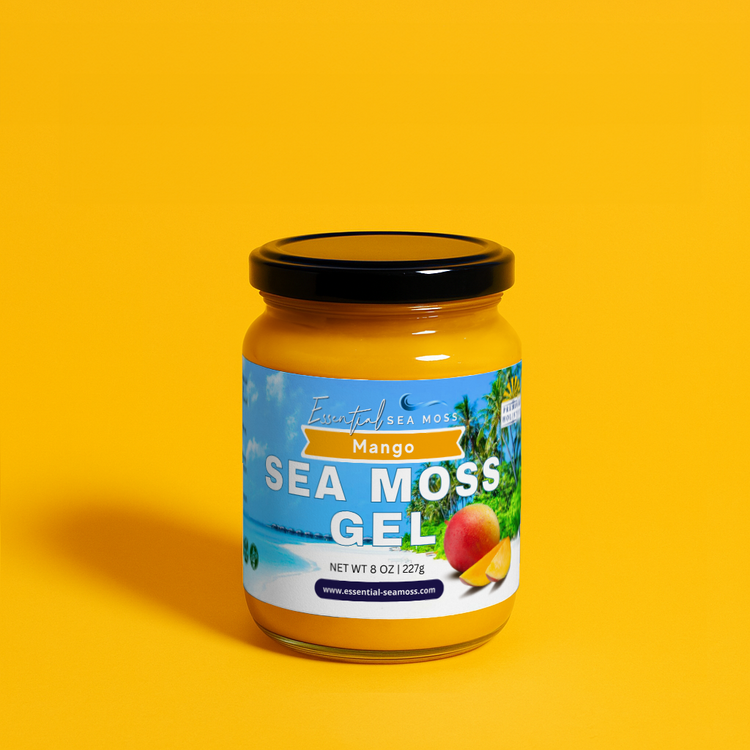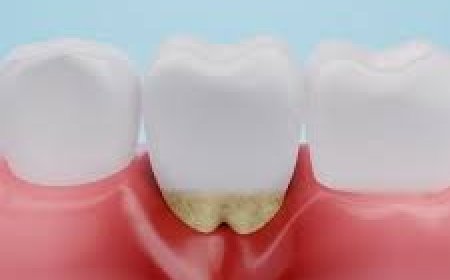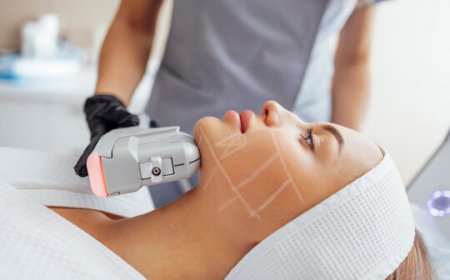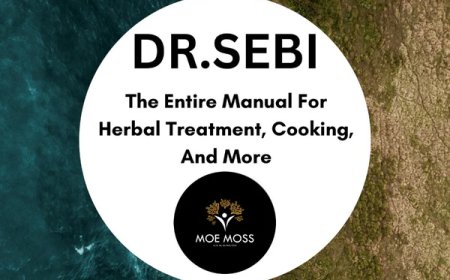The Science Behind a Perfect Nose: Rhinoplasty Explained
Rhinoplasty reshapes the nose for improved appearance or function, enhancing facial harmony and correcting breathing issues or deformities.

In a world where facial symmetry and aesthetics are highly valued, the nose plays a central role in defining overall appearance. While beauty is subjective, many studies suggest that certain proportions and angles are perceived as more attractive. This is where thescience behind a perfect nose comes into play and how rhinoplasty, a blend of art and surgical precision, helps achieve facial balance.
Whether for cosmetic enhancement or functional correction, Rhinoplasty in Islamabad is a popular choice for individuals seeking nasal improvement. In this blog, we dive deep into how rhinoplasty works, what determines an ideal nose, and how this transformative procedure is tailored to each individual.
What Is Rhinoplasty?
Rhinoplasty, commonly referred to as a nose job, is a surgical procedure designed to reshape, resize, or restructure the nose. It can be performed for both cosmetic and medical reasons, such as improving appearance, correcting deformities, or resolving breathing difficulties.
The beauty of rhinoplasty lies in its dual nature it is both a science and an art. The procedure combines anatomical knowledge, surgical expertise, and a keen aesthetic sense to create a nose that complements a persons facial features.
The Anatomy of the Nose
Understanding the structure of the nose is crucial to appreciating how rhinoplasty works. The nose comprises:
-
Bone: Upper third of the nose, providing structure.
-
Cartilage: Lower two-thirds, shaping the nasal tip and nostrils.
-
Septum: The internal wall that divides the nasal passages.
-
Soft tissue and skin: The external cover of the nose.
A skilled surgeon considers each of these components when performing rhinoplasty to ensure functional integrity and aesthetic appeal.
What Makes a "Perfect" Nose?
There is no universal definition of a perfect nose. However, scientific studies in facial aesthetics suggest that certain measurements and angles are generally perceived as attractive:
-
Nasofrontal angle: Ideal between 115130
-
Nasolabial angle (between the nose and lips): 9095 for men, 95105 for women
-
Nasal width: Should align with the inner corners of the eyes
-
Nasal tip: Should not droop or turn excessively upward
Surgeons use these proportions as a guide but always customize the procedure based on each patients ethnicity, facial features, and personal preferences.
The Artistic Approach in Rhinoplasty
Rhinoplasty is not just about symmetry; its about harmony. A nose that looks perfect on one person might not suit another. The surgeon must evaluate:
-
Facial shape (oval, round, square)
-
Chin projection and forehead contour
-
Eye placement and cheekbones
-
Ethnic background and cultural ideals
The goal is to ensure that the new nose doesnt stand out but rather blends naturally with other features.
Types of Rhinoplasty Procedures
There are various rhinoplasty techniques tailored to the patients needs:
1. Open Rhinoplasty
-
Incision made at the base of the columella (between the nostrils)
-
Ideal for major reshaping or revision cases
-
Offers better visibility of nasal structures
2. Closed Rhinoplasty
-
All incisions are hidden inside the nostrils
-
Best for minor reshaping
-
Faster recovery, no visible scars
3. Non-Surgical Rhinoplasty
-
Uses dermal fillers to smooth bumps or enhance nasal bridge
-
Temporary and non-invasive
4. Revision Rhinoplasty
-
Corrects or enhances results from a previous nose surgery
-
Technically more complex
The Rhinoplasty Process: Step by Step
Heres what typically happens during a rhinoplasty journey:
1. Consultation
-
Detailed discussion of goals, expectations, and medical history
-
Facial analysis and possibly 3D imaging to preview results
2. Surgical Planning
-
Custom plan based on facial harmony and internal structure
-
Choosing between open or closed technique
3. Surgery
-
Performed under general or local anesthesia
-
Duration: 1 to 3 hours depending on complexity
-
Bone and cartilage are reshaped, repositioned, or augmented
4. Recovery
-
Swelling, bruising, and nasal packing are common in the first week
-
Splint is usually removed after 710 days
-
Most patients return to normal activities within 1014 days
-
Full results are visible after 6 to 12 months
Functional Benefits of Rhinoplasty
While aesthetics are a major motivation, rhinoplasty can also improve:
-
Breathing difficulties caused by a deviated septum
-
Snoring and sleep apnea
-
Chronic nasal congestion
-
Post-traumatic nasal issues
When rhinoplasty is combined with septoplasty (to correct the septum), it becomes a functional and cosmetic procedure known as septorhinoplasty.
Who Is a Good Candidate?
You might be a good candidate for rhinoplasty if:
-
Youre over 18 and physically healthy
-
Youre unhappy with the appearance of your nose
-
You have realistic expectations
-
You have breathing problems or post-traumatic nasal deformities
During the consultation, your surgeon will evaluate your skin type, bone structure, and goals to ensure rhinoplasty is suitable for you.
Potential Risks and Complications
Like any surgery, rhinoplasty carries some risks, including:
-
Swelling and bruising
-
Infection
-
Difficulty breathing through the nose
-
Unsatisfactory cosmetic results
-
Need for revision surgery
Choosing an experienced and certified surgeon significantly reduces these risks.
Final Results and Longevity
One of the most common questions is: How long will my results last?
Rhinoplasty offers permanent results. Once the nose heals and swelling subsides (usually in 6 to 12 months), the shape is maintained for life, barring any trauma or injury.
Final Thoughts
Rhinoplasty is a remarkable blend of science and art, designed to enhance your facial features while maintaining natural harmony. Whether youre seeking cosmetic refinement or need functional correction, rhinoplasty is a life-changing procedure that must be tailored to your unique anatomy and expectations.
For those interested in Rhinoplasty in Islamabad, selecting the right clinic is essential. An expert consultation, a customized treatment plan, and state-of-the-art surgical techniques can make all the difference in achieving optimal results.
SKN Cosmetics clinic is one of the most trusted names for rhinoplasty in Islamabad, offering advanced procedures performed by experienced cosmetic surgeons. Their patient-centered approach ensures both aesthetic excellence and functional safety in every case.















